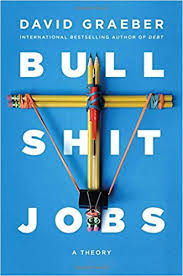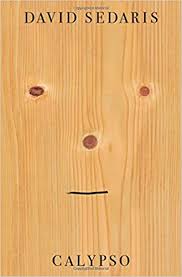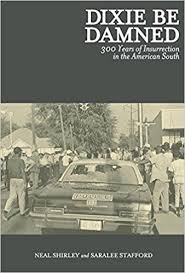THE LAST GOOD KISS - JAMES CRUMLEY
I picked up this book and read it because a podcast I sometimes listen to, The Watch, announced that this title would be the subject of their next book club (as of the time of this writing, I haven’t heard the podcast since it doesn’t exist yet). The hosts of The Watch are very mystery/thriller focused in their literary appreciations and these are genres where I need guidance. Like fantasy or horror, I don’t really know a ton about what goes on inside these very, very dense worlds, so it’s helpful to have someone who’s read widely tell you what the highlights are (this can backfire when the person giving the recommendation is so deep in the genre world, they have no idea what would appeal to an outsider. A lot of anime has this problem). Anyway, they’d recommended Ross Thomas before who I checked out and really liked so I was willing to give Crumley a chance. The book has some amazing sentences, including one of the best lines in any book. It describes the pornography business as a “hairy pie”. Like most good mysteries it’s settings and characters seem to exist in a more lurid and whiskey-soaked world than our own. The characters spend countless days driving across the west, from Montana to Denver to San Francisco and points beyond. Drinking at bars that might as well be on the moon and then driving hours to the next. They travel hundreds of miles to visit alcoholic bulldogs. All of that stuff was fascinating and, frankly, seemed like a lot of fun. The plot meanders around, for a while the main character, Sugrue, is babysitting a writer on a bender, then he’s looking for a missing person, then he’s involved in a family drama. It’s all over the place and got a bit dull in the middle. The book ends strong when the Sugrue and the alcoholic writer square off in a sense. They’re both veterans, Sugrue of Vietnam and the writer from WWII, and it was interesting to read this after having recently finished THE BODY KEEPS THE SCORE, since they basically compare how the trauma of being a veteran has really fucked up their lives and turned them into total maniacs. I think WWII PTSD is a strong unspoken factor in lots of the classic noir, especially since it was made in the immediate post war era and the showdown in this book is an interesting way to show how that dynamic can mutate and survive into a later era. Overall, pretty good, a quick read. I don’t think I’d read another Crumley unless someone insisted emphatically that such in such book is totally his best by miles, which is a reputation that THE LAST GOOD KISS possess. 6 men sitting quietly, discussing nothing.


















